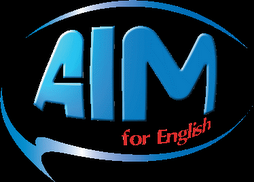Comparison and contrast is a big part of the TOELF test. Your ability to recognise and communicate these relationships is examined across all parts of the test: in reading, listening, speaking and writing. Let's look at how you can do this, and how to avoid mistakes.
Remember that the iBT is an examination of communication in academic English. This test is asking you to explain the relationships among ideas in written or spoken information. Comparison and contrast implies that similaries or differences exist between several subjects. A likely conclusion would be that either the subjects are more similar or more different, or that one is better than the others.
You will probably never find that the subjects are of equal value. For example, a listening exercise on high-tech lifestyles looks at positive and negative ideas about mobile phones and email. It would be a mistake to jump to a conclusion that they are simply both good and bad. Although the speaker mentions many positive aspects of instant communication, he actually feels that the negative consequences are more important. He thinks that many people don't have time to be creative because they're too busy answering messages. You are asked to see this conclusion.
Comparison means looking at similarities, while contrast focuses on differences. Comparison signals include also, both, similarly, like, comparable, the same and likewise. Contrast signals include but, however, unlike, differences and on the other hand. In addition, please do also listen for changes in intonation that add ideas or suggest opposing opinions. Some relationships are implied, that is, not stated directly. Sarcasm and irony are used, because that's how we naturally use English. Lots of practice helps students with this challenging task.
Students often incorrectly assume that two items must be of equal value because they are being contrasted. Perhaps a preference for harmony, or simplicity in teaching, has led to this. In academic life, you'll hardly ever find two options equally good. It's similar in the TOEFL test. Many questions ask you to make a choice. Do it, and support those choices with reasons and details. You'll be a star. Contact Aim for more details on effective TOEFL iBT preparation


No comments:
Post a Comment